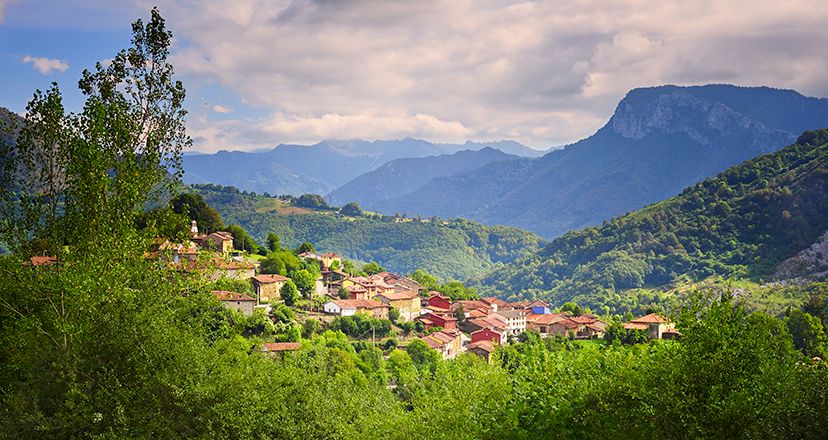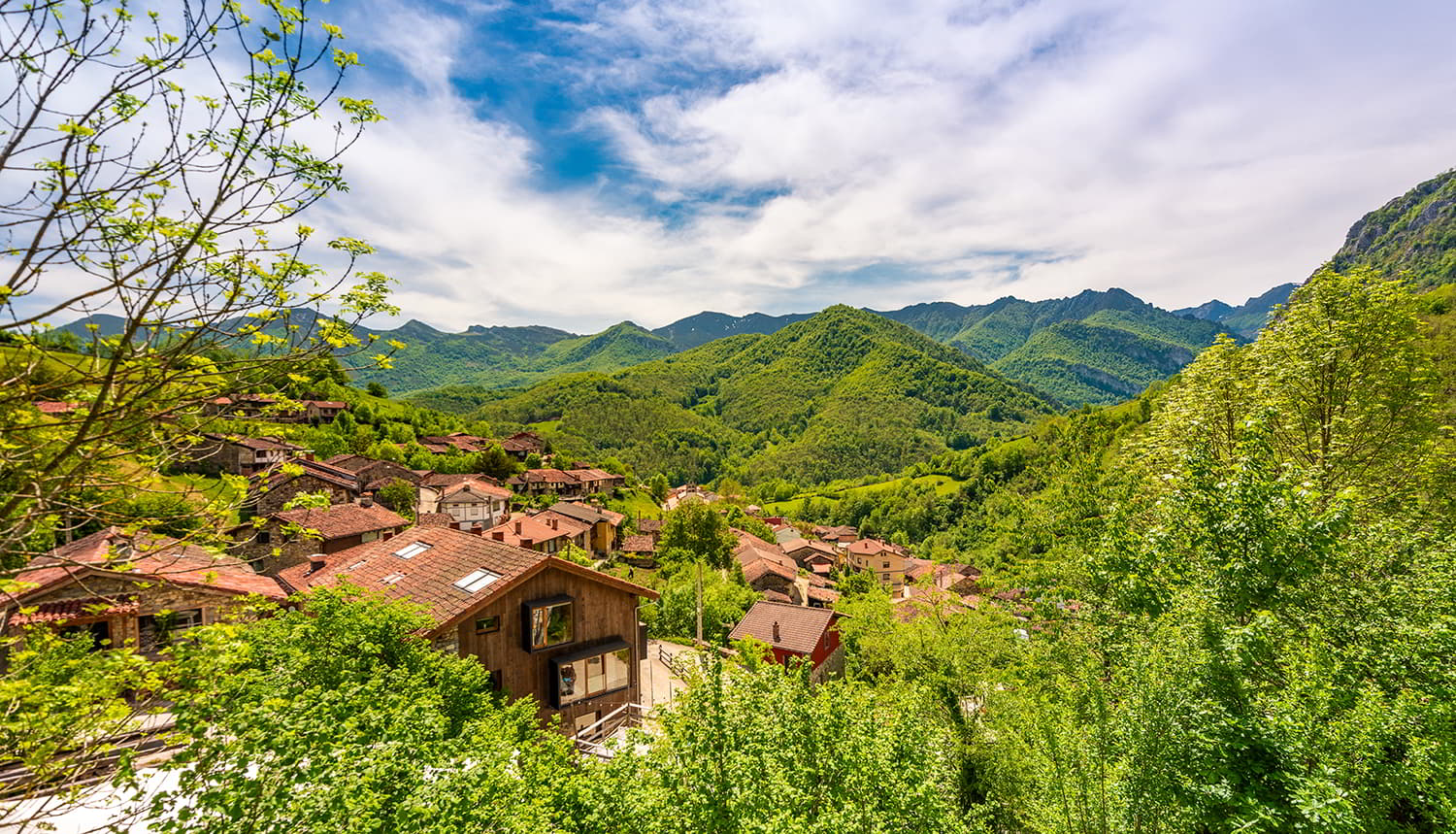Back Banduxu, the medieval village of Asturias
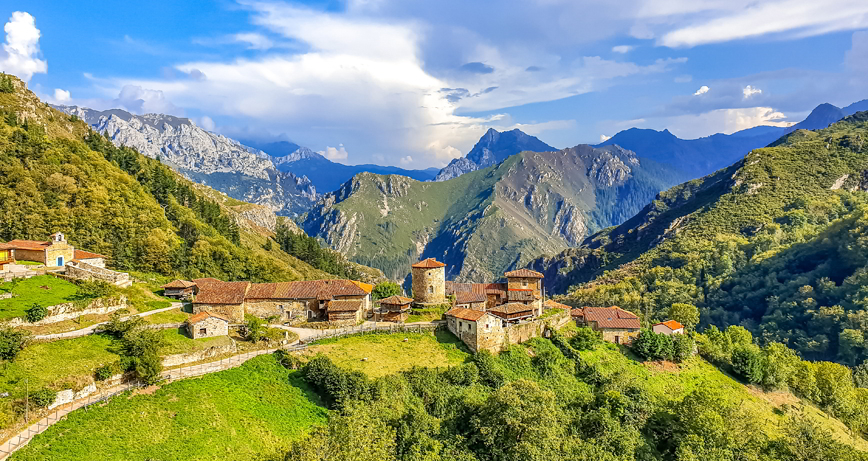
Banduxu, the medieval village of Asturias
Banduxu, one of the most beautiful medieval villages in Asturias, is a place worth visiting to discover its landscapes and its stories.
In the heart of Asturias there is a sleepy village where tranquillity and silence reign. It is hard to believe that this village is only 3 kilometres from the Senda del Oso, one of the most popular eco-routes in Spain, visited by thousands of hikers and cyclists every year.
If you have already been to Banduxu you know that I am cheating a bit. These kilometres correspond to the distance of the Medieval Way to Vandugio (the name of the village in the 8th century). A path lacking in difficulty, although constantly ascending, that connects present and past...
Banduxu, a journey through time
When the Roman Empire conquered the high peaks of the centre of Asturias, it established an axis of communication between Asturias and La Meseta. The Roman road became especially important during the Middle Ages when it formed the backbone of a total of 10 municipalities that grew up around the Camín Real de la Mesa, forming, nowadays, a region of the same name. One of these medieval villages is Banduxu, which belongs to the council of Proaza, in the heart of the Valley of the Bears.
Walking up the Medieval Way from Proaza, it is breathtaking. And not only because of the long climb, but also because of the beauty of the landscape. Banduxu is located on the top of a hill, surrounded by steep and solitary mountains. When we stop to catch our breath on a steep slope, it is inevitable to think of our neighbours. It was the only access to the village until the 20th century, when the present road was built.
Banduxu was, until recently, a remote village, isolated from industrial development, mainly because it did not have electricity or running water until 1980.
This disconnection has its positive side. It has preserved a medieval architectural ensemble in fantastic condition, which is its hallmark, and has been featured in advertising campaigns by Turismo Asturias on some occasions. Banduxu is one of the best medieval villages in the Principality, which is why it was declared an Asset of Cultural Interest in 2009.
How to get to Banduxu
Apart from the possibility of reaching Banduxu on foot, as its inhabitants have done until relatively recently, we can approach the entrance of the village in our vehicle. Once there, we must park and continue on foot, as only residents are allowed to drive through the village.
You should be aware that the road leading to Banduxu is like a mountain pass, narrow, full of curves and narrow. Furthermore, there is very little parking space (6 cars maximum). On the way you pass the viewpoint of La Cruz de Linares and Proacina, another village that deserves a good walk.
Heritage and traditions of Banduxu
The village of Banduxu is divided into neighbourhoods connected by concrete tracks. After parking the car at the entrance of the village, we go down the first road on the left, so we arrive at the Church of Santa María.
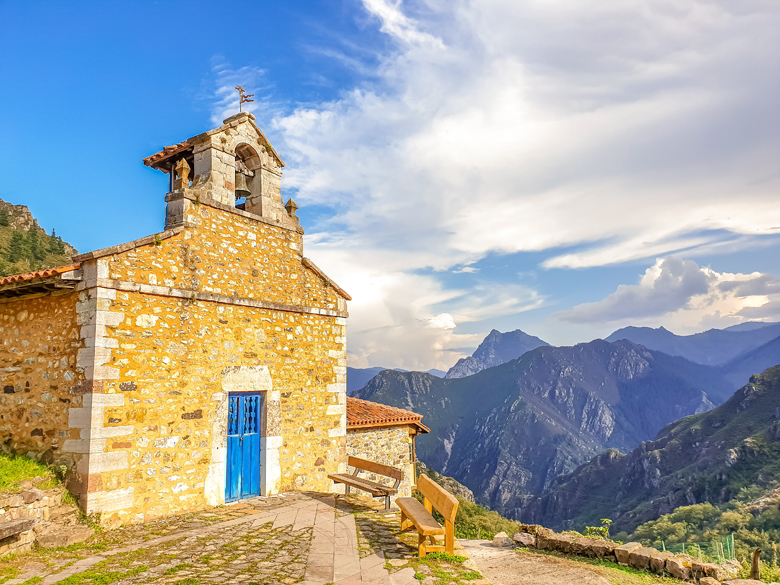
Church of Santa Maria ©viajerosconfesos
This is the oldest religious building in the council, a 10th century Romanesque church. It should be taken into account that, centuries ago, Banduxu was the capital of the council. The current church dates from the 12th century.
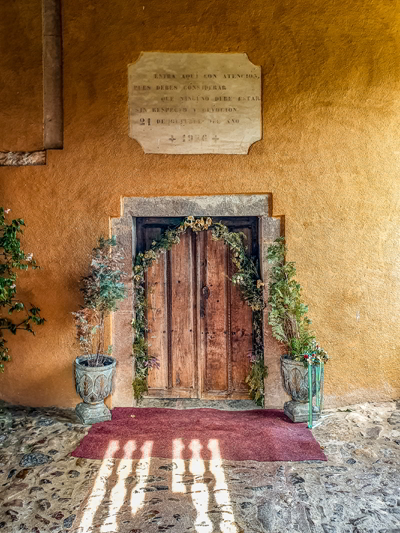
Portico of the church of Banduxu ©viajerosconfesos
Next to the front of the church there are a couple of wooden benches that invite you to rest. They could claim the title of "the bench with the best views". It is obligatory to take the time to admire the landscape from there.
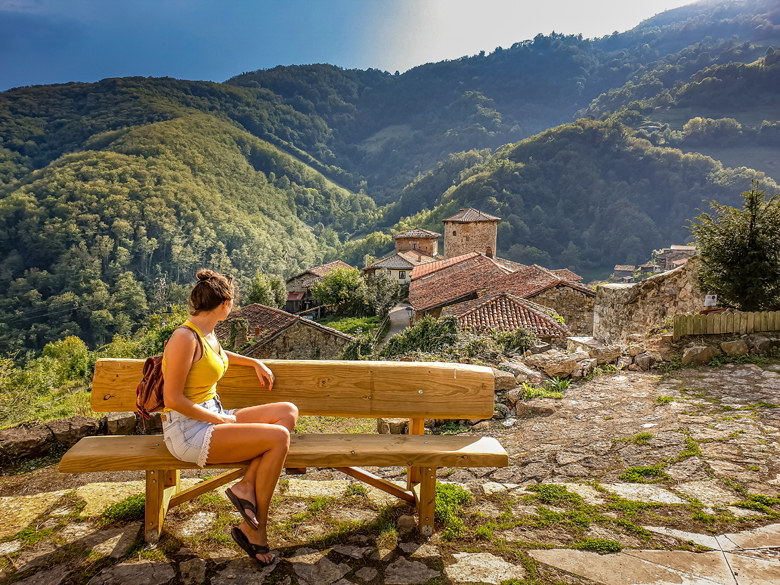
Bench with a view ©viajerosconfesos
A few metres away we find the Banduxu cemetery. Every year, to celebrate All Souls' Day, the neighbours of Banduxu get together and cover the graves with earth and natural flower petals. This is one of the traditions that still survives in the village. The peculiarity of the cemetery is that it is communal, there are no niches or properties. When someone dies, the grave of the person who has been in the cemetery the longest occupies the grave.
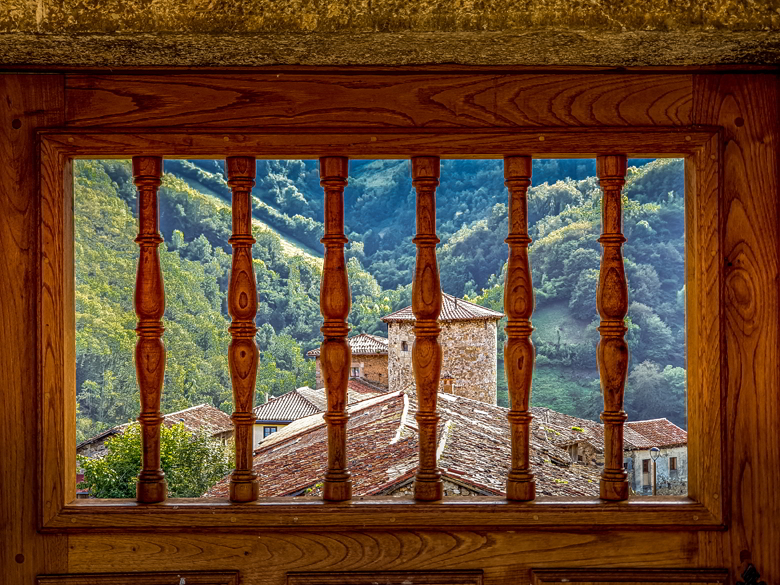
Entrance to the cemetery ©viajerosconfesos
Going down a little further we reach the mansion known as El Palacio, and the Tower of Banduxu or Tower of Tuñón. In ancient times it was used as the town hall and prison of the council. Nowadays it is catalogued as one of the best preserved defensive towers of the Principality in the late medieval period.

Medieval tower ©viajerosconfesos
The tower, with a circular floor plan and 4 floors, sits on a stone plinth and displays the coat of arms of the Miranda, Bandujo and Tuñón families.
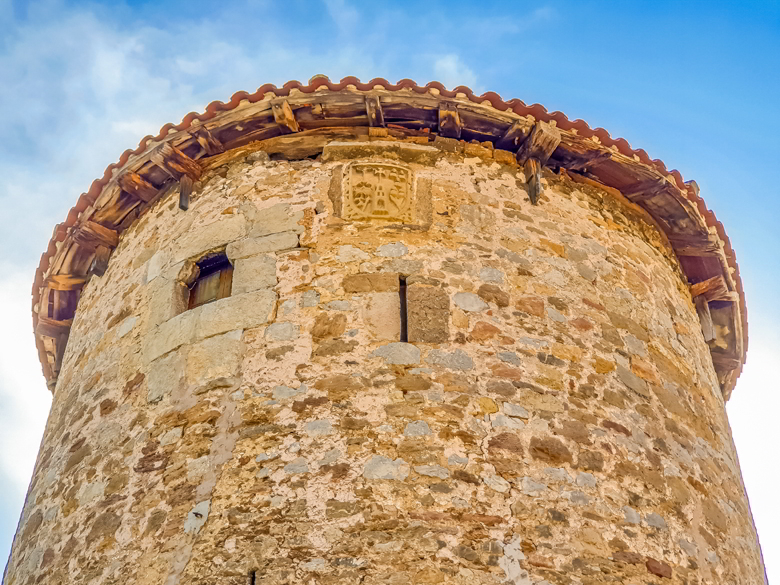
Coat of arms of the Tower of Banduxu ©viajerosconfesos
Walking through the village we find a few hórreos and paneras (granaries). Their sturdy beams are an unmistakable sign that they are hundreds of years old.
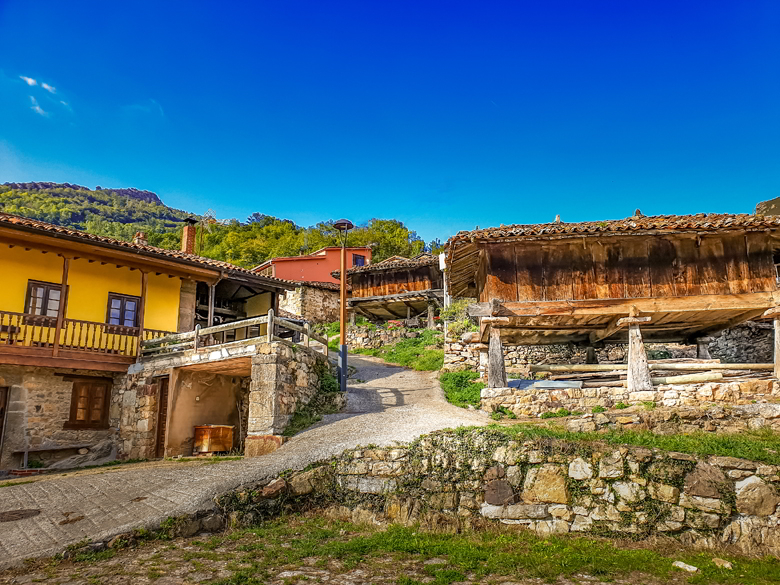
Banduxu ©viajerosconfesos
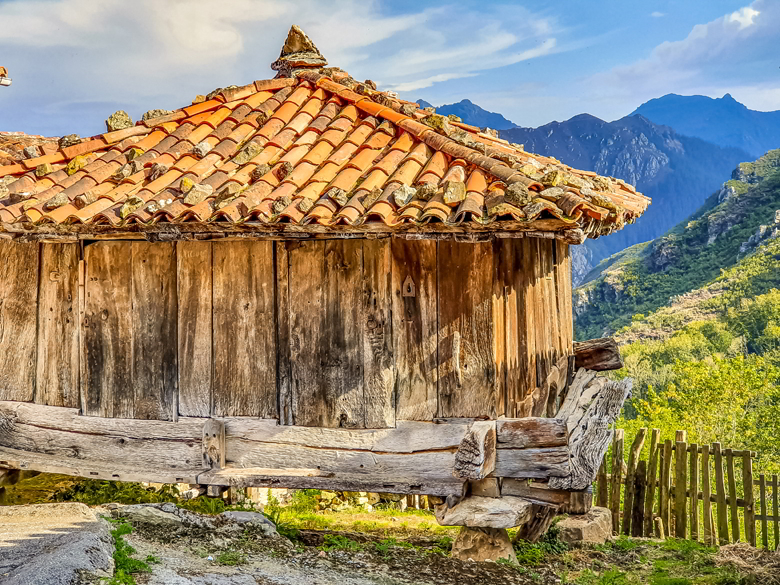
Hórreo ©viajerosconfesos
The washing place is also old, taking into account that until 1980 there was no running water in the houses, when most of the washing places were already abandoned. The Banduxu washing place must have been a meeting point for the women of the village.
Walking between large houses we pass from neighbourhood to neighbourhood until we reach the Toral. The slope opposite the car park offers "the postcard photo", an unbeatable panoramic view of Banduxu.
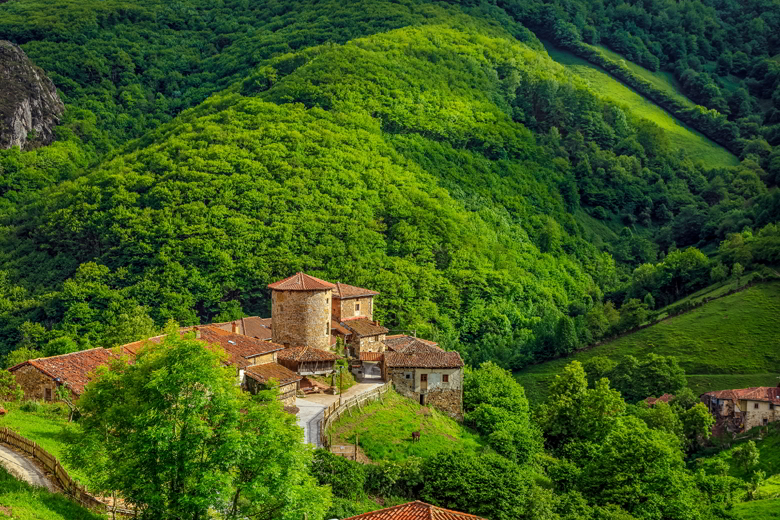
Panoramic view of Banduxu ©Paco Currás
If you love photography, visit Banduxu at dawn and/or dusk. At dawn it is common for the fog to be trapped between the mountains. When it is very low, Banduxu seems to float above the clouds, quite a spectacle! On the other hand, at sunset and especially in summer, the last rays of sunlight illuminate Banduxu before hiding behind the mountain.
Final tips
Given the type of road and the limited parking space, Banduxu is not a place to visit with a campervan. If this is the case, it is advisable to go up on foot following the Medieval Way. Following the path you will find a waterfall and several water falls that will make the walk more pleasant.
In the council of Proaza there is a wide range of Asturian manor houses and rural accommodation, and there are also several restaurants where you can try chestnut stew or delicious bean stew. Bear in mind that, in the middle of summer, due to the influx of tourists keen to hike the Senda del Oso, it is necessary to book as far in advance as possible.
Another interesting option is to visit the Ethnographic Museum of Quirós and Region, located in the facilities of a blast furnace. With this visit you can discover how the life of the peasants changed when industrialisation and the railway reached the council. We must not forget that the Senda del Oso greenway runs along the old mining railway line.
If you like active tourism, rent canoes at the Valdemurio reservoir or enjoy the Desfiladero de las Xanas hiking route. A route suitable for children that ends in the village of Pedroveya, where you will find one of the most popular restaurants serving Asturian gastronomy in the region. Also worth a visit are the Guanga Waterfalls, close to Oviedo/Uviéu, capital of the Principality of Asturias.
Text: Ángela Delgado
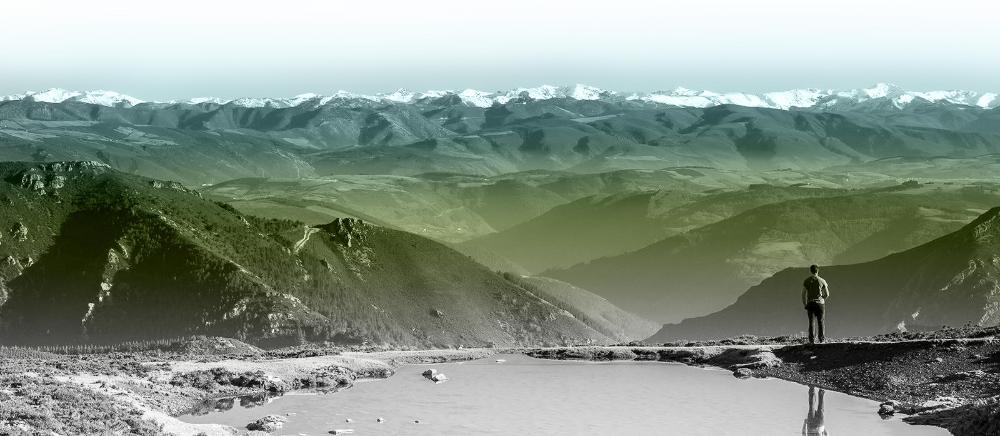
Subscribe to our newsletter and take advantage of offers, discounts, and news
Subscribe


